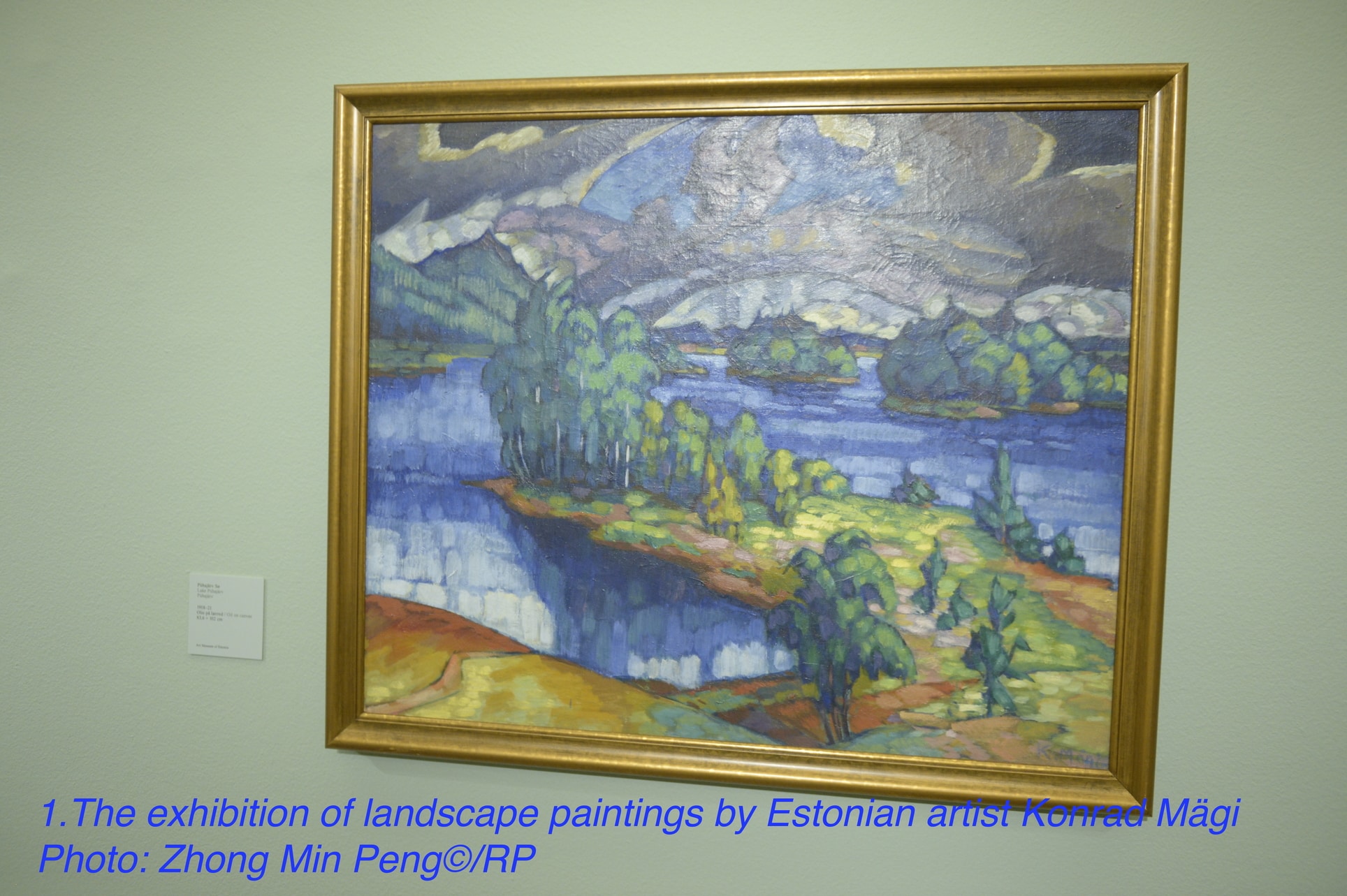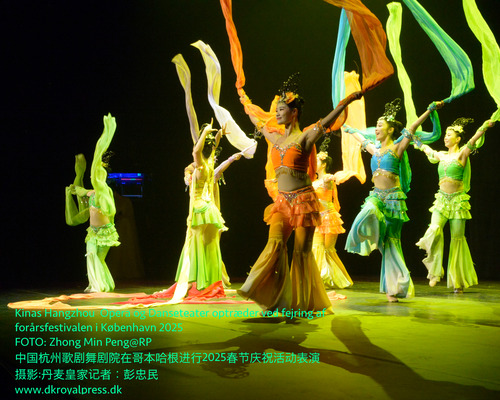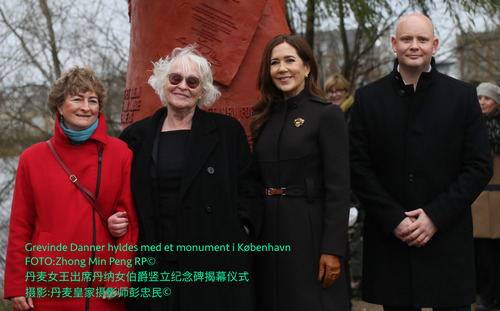There are two paths for art to embrace life. The convenient path is that of the mind, which embraces life only in its randomness, in its sad and foolish routineness. The steep path leading over abysses is the path of the soul, for whom life is a deep sleep and a tormenting premonition of different relationships and different depths than the ones our pathetic minds are capable of penetrating.“

I forbindelse med åbningen af udstillingen Konrad Mägi – Det gådefulde maleri GL STRAND til foredrag med udstillingen kurator Pilvi Kalhama. Under overskriften symbolistiske strømninger i Konrad Mägis maleriske univers, giver Pilvi Kalhama indblik i den bemærkelsesværdige kolorist og i hans unikke kombinationer af modernistiske stilarter.
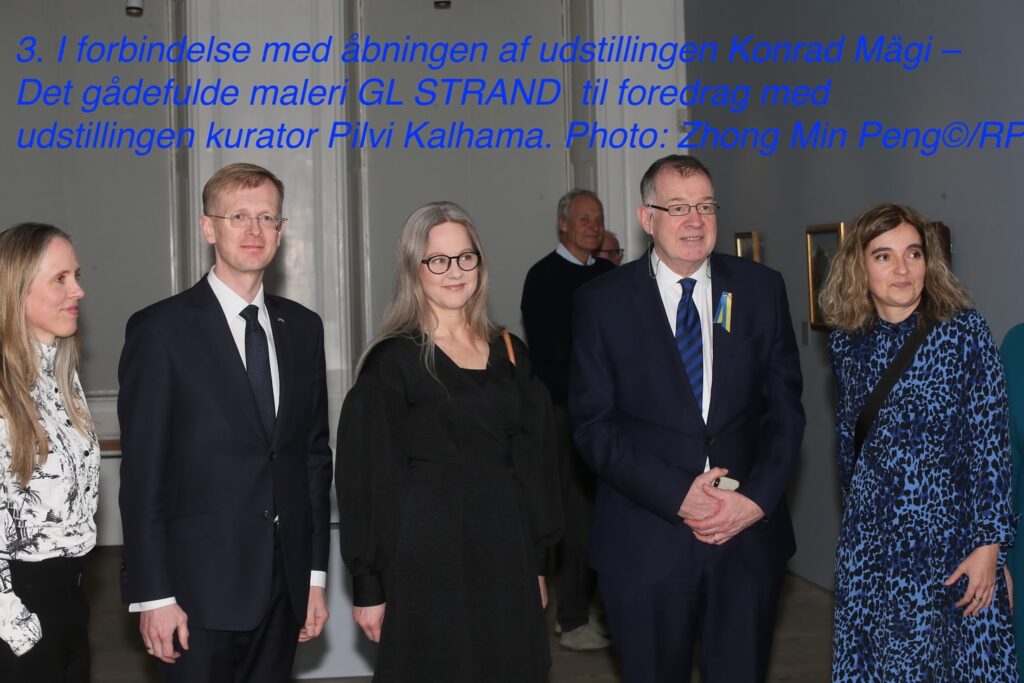
Mägi var stilistisk forbundet med sine samtidige kolleger, men de skiftende kunstnermiljøer, indflydelsen fra den internationale moderne kunst og særligt naturen var afgørende for hans udvikling til Estlands førende modernist.
Gennem udvalgte værker og analyser vil Kalaha tale om kunstnerens symbolske motiver og hans særegne symbolistiske filosofi.
Pilvi Kalhama er direktør ved EMMA – Espoo Museum of Modern Art i Finland og er ligeledes forfatter til bogen om Konrad Mägi, der er udgivet i anledning af udstillingen.
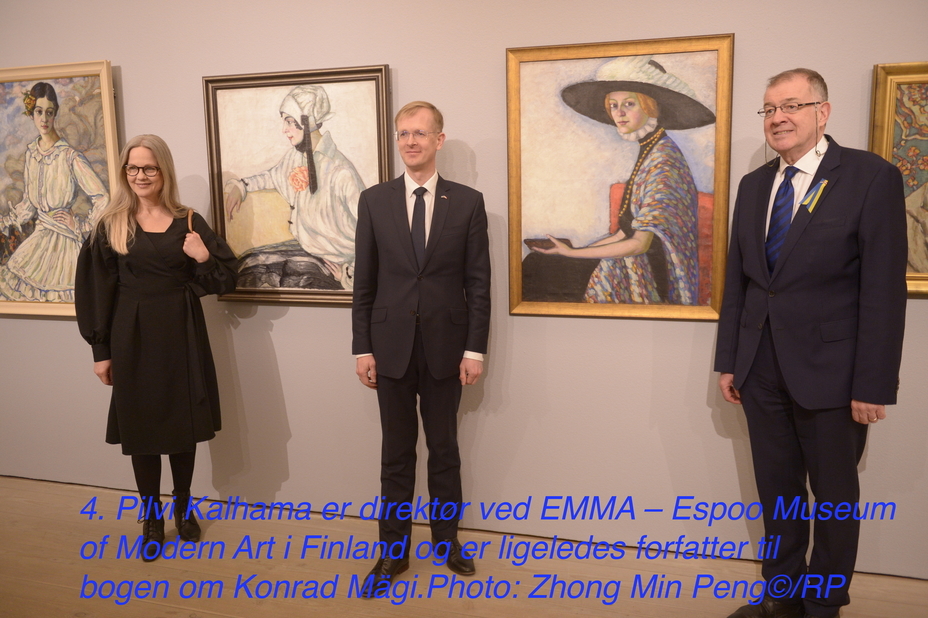
Konrad Mägi, who grew up near the ancient forests of south Estonia, always viewed painting as an attempt to penetrate the secret and mystical forces of nature. For him, both nature and capturing it on canvas offered nearly sacred experiences, as the artist, who was extremely sensitive by nature, was always looking for a way to contact the unreal. Konrad Mägi’s oeuvre was widely acclaimed even in his lifetime. During the Soviet times, the exposition of Mägi’s oeuvre was forbidden for a while, but in spite of that he had become a canonical author in Estonian art history by the end of the 1970s. In recent years, the Mägi phenomenon has reached Western Europe as well: a personal exhibition was held in Rome, and some of his works were on display in the Musée d’Orsay in Paris. Foreign critics have also emphasised Mägi’s extraordinary sense of colour and unique relationship with nature. The exhibition in Kumu is not a retrospective and does not include all of the genres that Mägi experimented with; instead, it focusses on his landscapes, and paintings from the Italian period, completed on the Isle of Capri, in Rome and in Venice. Pilvi Kalhama direktør ved EMMA – Espoo Museum of Modern Art i Finland who has been interviewed by Danish royal press journalist Zhong Min Pengand she said.
Tiit Terik, the Minister of Culture of the Republic of Estonia
Estonian art
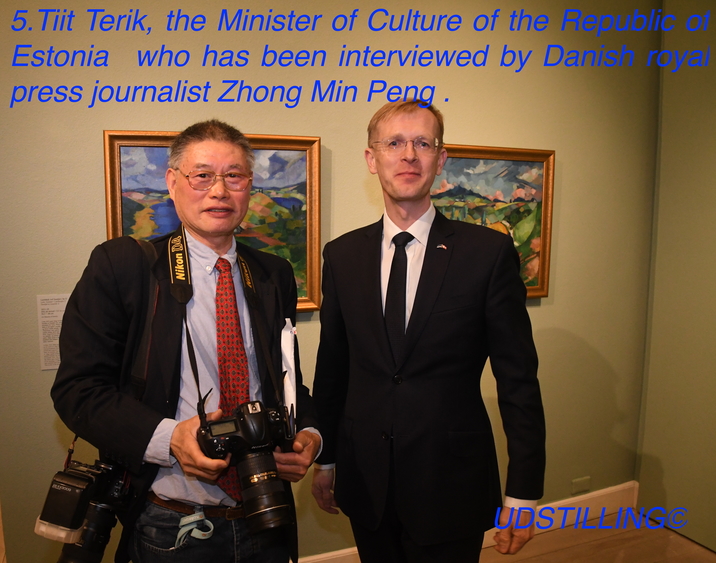
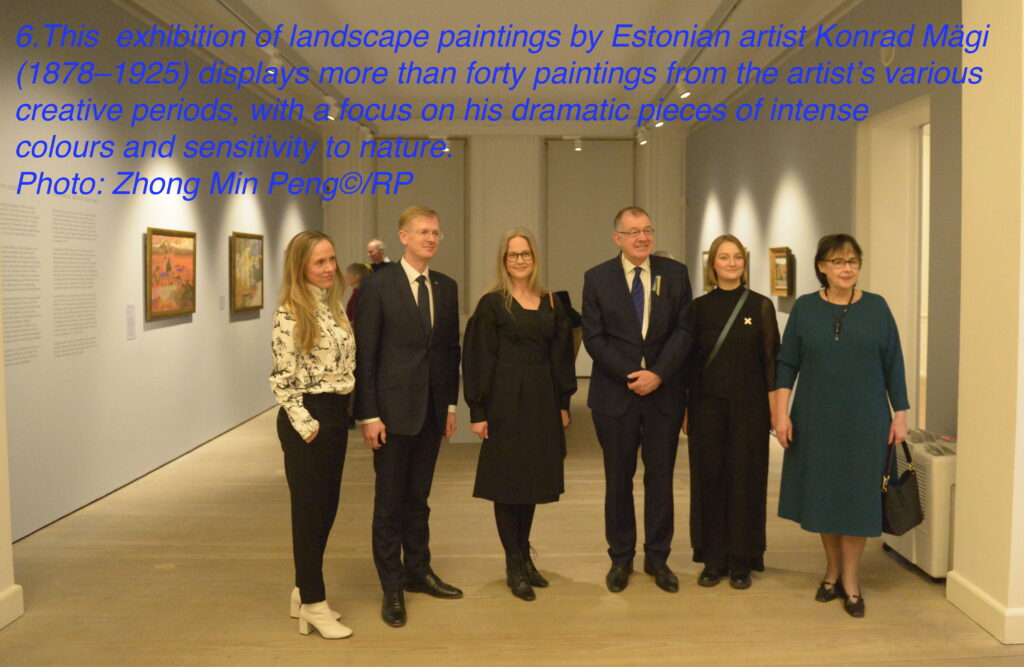
This exhibition of landscape paintings by Estonian artist Konrad Mägi (1878–1925) displays more than forty paintings from the artist’s various creative periods, with a focus on his dramatic pieces of intense colours and sensitivity to nature. About Estonian art, Culture of the Republic of Estonia Estonian art is art that comes from Estonia, from Estonian artists or art pieces relating to Estonia. Starting from prehistoric art, there are no caves with paintings in Estonia! Most of the Estonian art in the medieval period (mid-1500s to the 1700s) was inspired by Swedish art. The medieval art style would show the concepts of death and battle.
Tiit Terik, the Minister of Culture of the Republic of Estonia who has been interviewed by Danish royal press journalist Zhong Min Pengand,Tiit Terik
said to Zhong Min Peng.
BY: Kunstforeningen Gl Strand & Henning Okholm
Photo: Zhong Min Peng©/RP & Hasse Ferrold
The exhibition of landscape paintings by Estonian artist Konrad Mägi
HER
康拉德·马吉油画展在哥本哈根开幕
